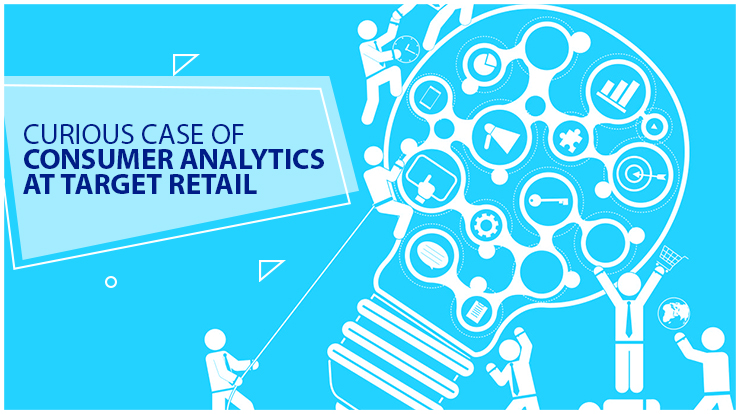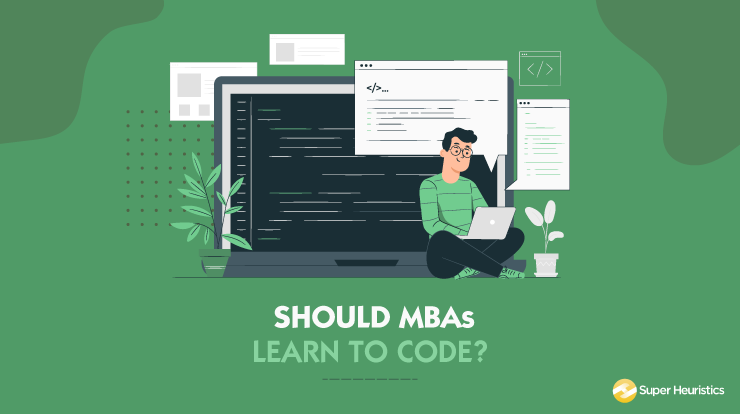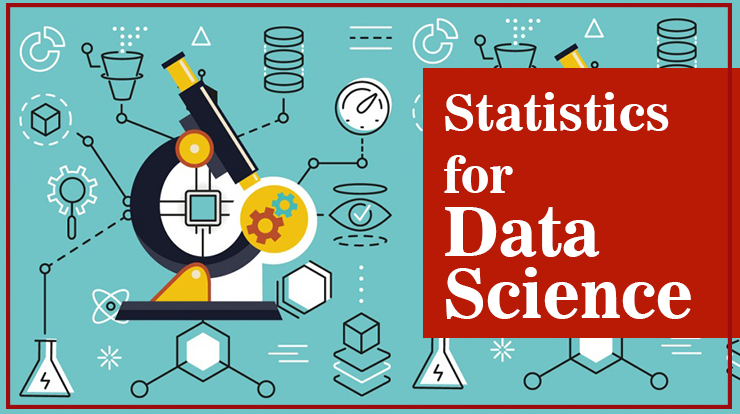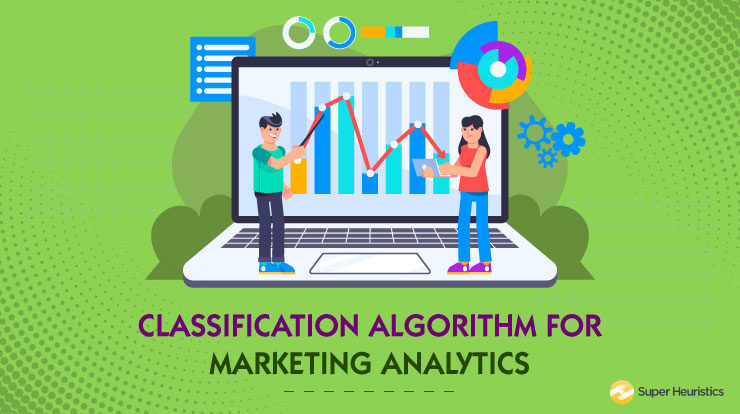
The customer is the King has been the motto of businesses all over the world for as long as we can remember. In order to make consumer experiences better, businesses have tried to appease them with all kinds of offers that can make them feel more valued, respected, and attended to. And the vital thing that’s required to enhance customer experience is DATA. Data about the customers such as their preferences, liking, and dispositions.
If we delve into the past, we realize two things about businesses. Firstly, the means to collect data were primitive, and secondly, the size of businesses was very small. Businessmen, shopkeepers, traders mostly knew their customers on a one-on-one basis and had a personal rapport with them. This helped them to market to these customers in a way that appeased the customers.
But in today’s times, customer preferences are complex, the purchase decision-making journey is non-linear, and the size of customers is ginormous, especially for massive retailers like Target, Walmart, Amazon etc.
These businesses need to go through a sophisticated process to study individual preferences and then map it to the relevant consumers. They have the necessary information, but the amount of data is so huge that it may not make any sense as it is. Only after it is processed through big data analytics tools can it be of value.
Target Retail decided to put to use its customer analytics team in order to predict the life event of a customer. And boy, they did it bang on!
The Premise
A few years ago, a man from Minneapolis walked into one of Target retail store’s branches and furiously pulled up the manager. He said that his daughter, who was still in high school, was receiving coupons for baby products from Target. The manager, totally oblivious to what Target’s data analytics team had been doing in the background, apologized to him.
A few days later, the manager called the man up again to apologize but this time, the man apologized in return. His exact words were – “It turns out there have been some activities in my house that I am not completely aware of. My daughter’s due to deliver in August, and I owe you an apology”
Target knew about his daughter’s pregnancy even before the father did.
How did it start?
This story’s main protagonist is Mr. Andrew Pole, a statistician and programmer who joined Target Retail in 2002. A couple of marketing department guys came to Andrew with a unique problem – Could they predict someone’s pregnancy even if the customer wasn’t willing to divulge that she was pregnant?
This is one of the most interesting case studies that bring into play the intersection of shopping behavior, customer journey, and data analytics.
The Study
Andrew Pole had a task at hand – how do you predict someone’s pregnancy right at the outset? He had to first check how shopping habits shifted as people moved from one phase of their life to the other. The shopping habits of a student differ from those of a married individual without children and again shifted as he/she were about to become a parent.
Most of the times, the shoppers themselves are unaware of the shift in their shopping behavior. But marketers notice everything – they are the real Big Brothers today.
Pole chose a good starting point – he went to the Baby Shower Registry and got some information about how a pregnant lady’s behavior changed during different trimesters. These records had been willingly disclosed by women to the registry. The statistician that he is, Pole collected enough data to run some simulations and soon enough, patterns started emerging.
The Patterns
Pole and his team could narrow down on the following shopping traits with certainty and isolate these behaviors as those that are peculiar to pregnant women only. Let’s see the consumer profiling.
- Buying unscented lotions – At the onset of the 4th month, women start buying larger quantities of unscented lotions. Scented lotions are apparently not good for the health of the unborn and that’s why moms-to-be automatically switch to unscented ones.
- Purchasing Supplements – Women who are in their 5th month of pregnancy start stocking up minerals like calcium, zing, and magnesium.
- Other Signals – Purchasing bigger packs of cotton balls, cotton washcloths, and hand sanitizers was a signal that the customer is about to deliver very soon.
By analyzing a total of 25 products that the team had narrowed down on, they could assign a pregnancy likelihood score to their shoppers. The higher the score, the greater the likelihood for a customer to be pregnant. In fact, they could even narrow down to the delivery week!
The Outcome
Pole knew that most of the shoppers purchase different supplies from different stores, even though Target stocks everything right from groceries to cleaning supplies to clothes. Customers would usually prefer Costco for milk and groceries, Walmart for something else, and Target for probably a third thing.
Now that they had so much of customer data, they had the power in their hand. They could offer such deals to attract women who were pregnant that those women would find it much easier to purchase everything at Target retail rather than at any other store. On top of that, moving around too much during pregnancy can be risky, and Target was ensuring that the women can get all their needs met at the same place.
Pole was also aware that while they had collected massive amounts of data, it would be risky to blatantly advertise. Imagine sending a pregnant woman some coupons saying ‘Congratulations for your on-coming delivery!’. It would make the customers feel very scared about the kind of data that Target is capturing.
What Target did, instead, was start sending coupon catalogs that are more focused on baby products and supplies. And every catalogue was customized and had a unique coupon code so that when it was redeemed, Pole and team could verify the results of their efforts.
Same was the case with this particular lady – a high school student. Target was able to identify the exact month in which she would deliver, which was an occurrence that even her family was unaware of. What next? Predicting whether it will be a boy or a girl based on the color of purchases?
Here’s more on what they are up to now: Target Isn’t Just Predicting Pregnancies: ‘Expect More’ Savvy Data-Mining Tricks






